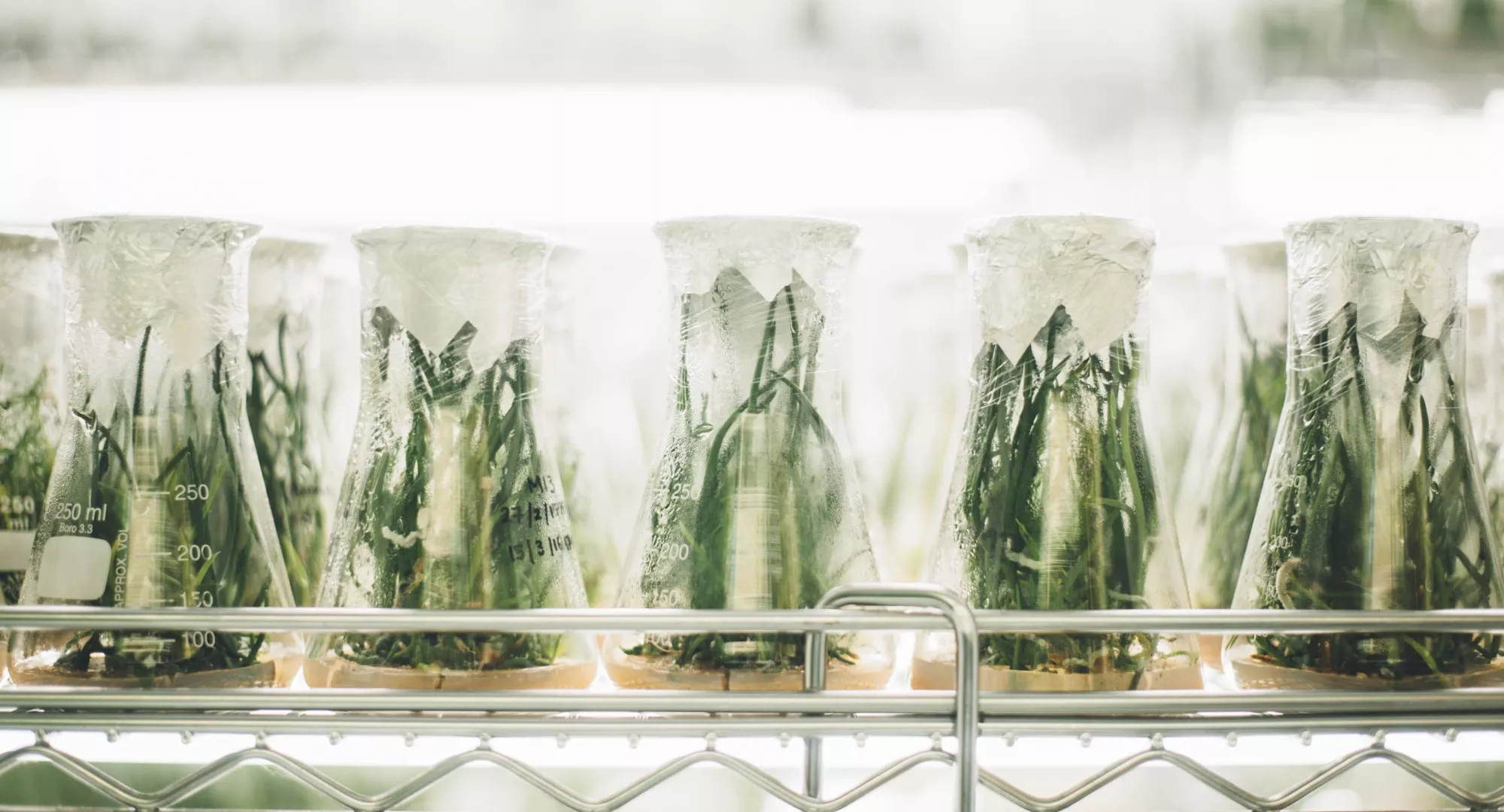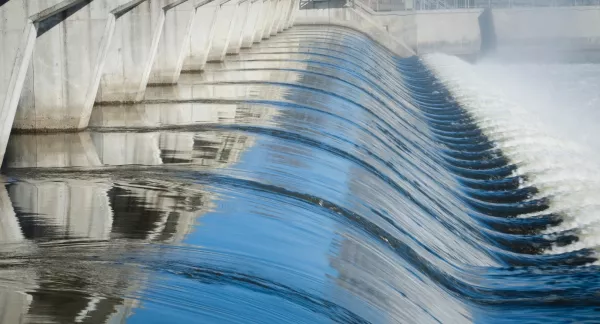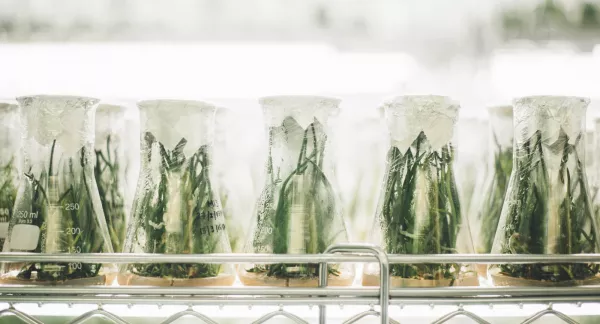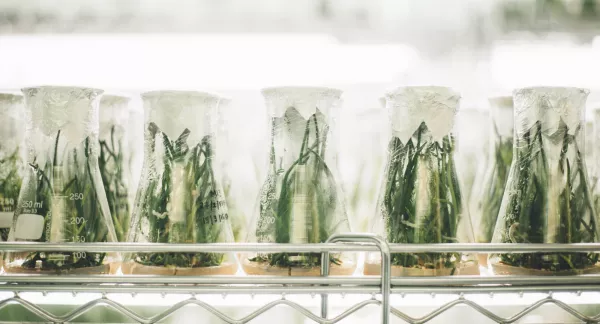
Enhancing the Viability of Hydrothermal Liquefaction for Biosolids Treatment through Ammonia Recovery
Abstract
Sludge management and disposal has been one of the most significant challenges facing municipalities since the first wastewater treatment facilities were built. While land application of stabilized/digested sludge is one of the most used biosolid management approaches, it is becoming increasingly urgent that utilities and municipalities explore other options due to increasingly uncertain regulatory environments, potential restrictions/bans due to PFAS and other contaminants, and ever-increasing costs.
Hydrothermal liquefaction (HTL) of biosolids is an emerging technology that can potentially replace land application while still allowing for energy and nutrient recovery. During this high temperature and high-pressure process, organic matter is transformed into biocrude, hydrochar, and HTL gas. HTL has the potential to remove many recalcitrant contaminants found in wastewater that are not effectively treated with existing methods.
Despite this promise, HTL has not been implemented at full-scale at any wastewater resource recovery facilities (WRRF) anywhere in the world. This is because a sustainable treatment of the HTL-Aqueous (HTL-Aq) stream is needed before this technology can be successfully integrated into WRRFs at scale. Anaerobic treatments, particularly upflow anaerobic sludge blanket (UASB) reactors, may offer a solution as they allow for the decoupling of digester sludge vs. hydraulic retention times and provide improved resilience against inhibitory/toxic constituents and shock loads. However, HTL-Aq contains high concentrations of ammonia, phenolics, and other compounds which can be inhibitory to anaerobic microorganisms necessary for this process.
The key objectives of the proposed work are:
- To develop methods to treat HTL-Aq and recover resources so that HTL can successfully integrated into WRRFs and to help accelerate the commercialization of HTL technology for biosolids treatment.
- To evaluate the impact of returning the treated HTL-Aq to the secondary treatment process in order to obtain comprehensive information of HTL treatment processes.


